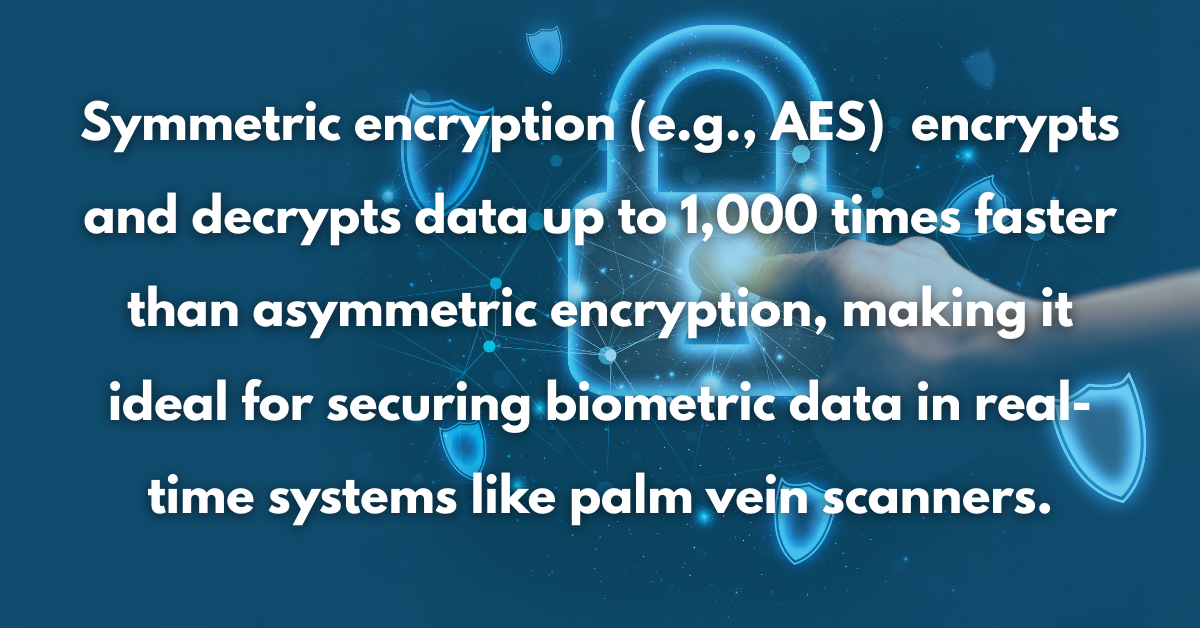Categories
Biometric authentication is transforming how we secure our world, and palm vein technology is at the forefront of this revolution. By leveraging the unique vein patterns beneath your skin, illuminated through haemoglobin’s interaction with near-infrared light, this technology delivers unmatched security and precision.
In this deep dive, we’ll dissect the science, engineering, and applications of palm vein scanning, exploring why it’s nearly impossible to deceive. From technical mechanisms to real-world impacts, this article unravels the intricacies of this cutting-edge biometric system for both novices and tech enthusiasts.

Palm vein technology is a biometric method that captures the unique pattern of veins in a person’s palm using near-infrared light. Unlike surface-based biometrics like fingerprints, it relies on internal vascular structures, making it exceptionally secure. The technology hinges on haemoglobin, a protein in blood that absorbs near-infrared light, creating a high-contrast map of veins.
Deoxygenated haemoglobin in veins absorbs light in the 700–1100 nm wavelength range, distinguishing veins from surrounding tissue.
Users hover their palm 2–5 cm above a scanner, which captures the pattern in under a second.
Vein patterns are distinct even among identical twins and remain stable throughout life, unaffected by aging or minor injuries.
This internal focus, combined with haemoglobin’s optical properties, makes palm vein authentication a robust alternative to traditional biometrics.
Palm vein technology combines optics, biology, and computing to achieve precise authentication. Here’s a detailed breakdown of how it works, designed to be accessible yet technically rich.
Haemoglobin, found in red blood cells, is central to palm vein scanning. When near-infrared light penetrates the skin (up to 3 mm deep), deoxygenated haemoglobin absorbs specific wavelengths, creating a shadow-like pattern of the veins. This absorption is quantified by the Beer-Lambert law:
[ A = \epsilon \cdot c \cdot l ]
Where:
This principle ensures that only veins, rich in deoxygenated blood, appear in the scanned image, while other tissues reflect more light.
The scanner’s hardware is engineered for precision:

The captured image undergoes several steps:
This pipeline ensures speed (authentication in <0.3 seconds) and accuracy, even with slight variations in hand positioning.
The security of palm vein technology stems from its biological and technical safeguards, making it a fortress against spoofing.
Veins lie 1–3 mm beneath the skin, invisible to the naked eye and impossible to replicate with surface methods like photos or silicone molds.
Scanners measure blood flow via pulse oximetry or thermal signatures, rejecting non-living replicas.
Templates are hashed and encrypted, preventing reverse-engineering even if data is intercepted.
Unlike fingerprints (affected by dirt) or iris scans (sensitive to lighting), vein patterns are consistent across conditions.
For instance, a would-be attacker using a 3D-printed palm would fail because the scanner detects no active blood flow. The FAR of 0.00008% means only 1 in 1.25 million unauthorized attempts might succeed, far surpassing fingerprint systems (~0.01% FAR).
Palm vein systems adhere to rigorous standards to ensure interoperability and performance:
Error Rates:
These specs make palm vein technology suitable for high-stakes environments like banking or government security.
Palm vein scanning is deployed across industries, showcasing its versatility and reliability.
In Japan, over 80% of ATMs use palm vein authentication, allowing cardless, PIN-free transactions. The system verifies users in ~1 second, reducing fraud by 30% compared to PIN-based methods.
Hospitals use palm vein scanning for patient identification, minimizing errors in medical records. Its contactless nature reduces infection risks, critical in sterile environments. For example, a 2023 study reported a 99.9% accuracy rate in patient ID verification.
From data centers to military bases, palm vein scanners restrict access to sensitive areas. Their speed (processing 100 users/minute) suits high-traffic settings like airports.
Palm vein technology shines in many areas but faces challenges that must be addressed.
Unparalleled Security: Internal patterns and liveness detection thwart spoofing attempts.
User Convenience: Contactless scanning is hygienic and intuitive, requiring no training.
Long-Term Stability: Vein patterns don’t change with age, unlike facial features.
Cost: Scanners cost $500–$2000, limiting adoption in budget-constrained sectors.
Public Awareness: Many users are unfamiliar with palm vein scanning, slowing consumer uptake.
Medical Edge Cases: Conditions like anemia or poor circulation may reduce haemoglobin contrast, though adaptive algorithms mitigate this.
Advancements in palm vein technology are poised to expand its reach. Miniaturized sensors, driven by CMOS advancements, could integrate into wearables, enabling seamless authentication. AI enhancements, like deep learning for vein pattern recognition, are reducing FRR to near-zero levels. Blockchain integration is also on the horizon, pairing palm vein templates with decentralized identities for global, tamper-proof verification.
By 2030, the global biometric market, including palm vein tech, is projected to reach $112 billion, driven by privacy regulations like GDPR that favor secure, non-reversible biometrics.
Palm vein technology, powered by haemoglobin’s unique properties and cutting-edge engineering, is redefining biometric security. Its near-unfoolable design, blending internal biology with robust encryption, makes it a cornerstone of modern authentication.
As sensors shrink and AI evolves, palm vein scanning will likely become as ubiquitous as fingerprints once were, safeguarding everything from bank accounts to smart cities. In a world craving trust, our veins may hold the key to a safer, more seamless future.